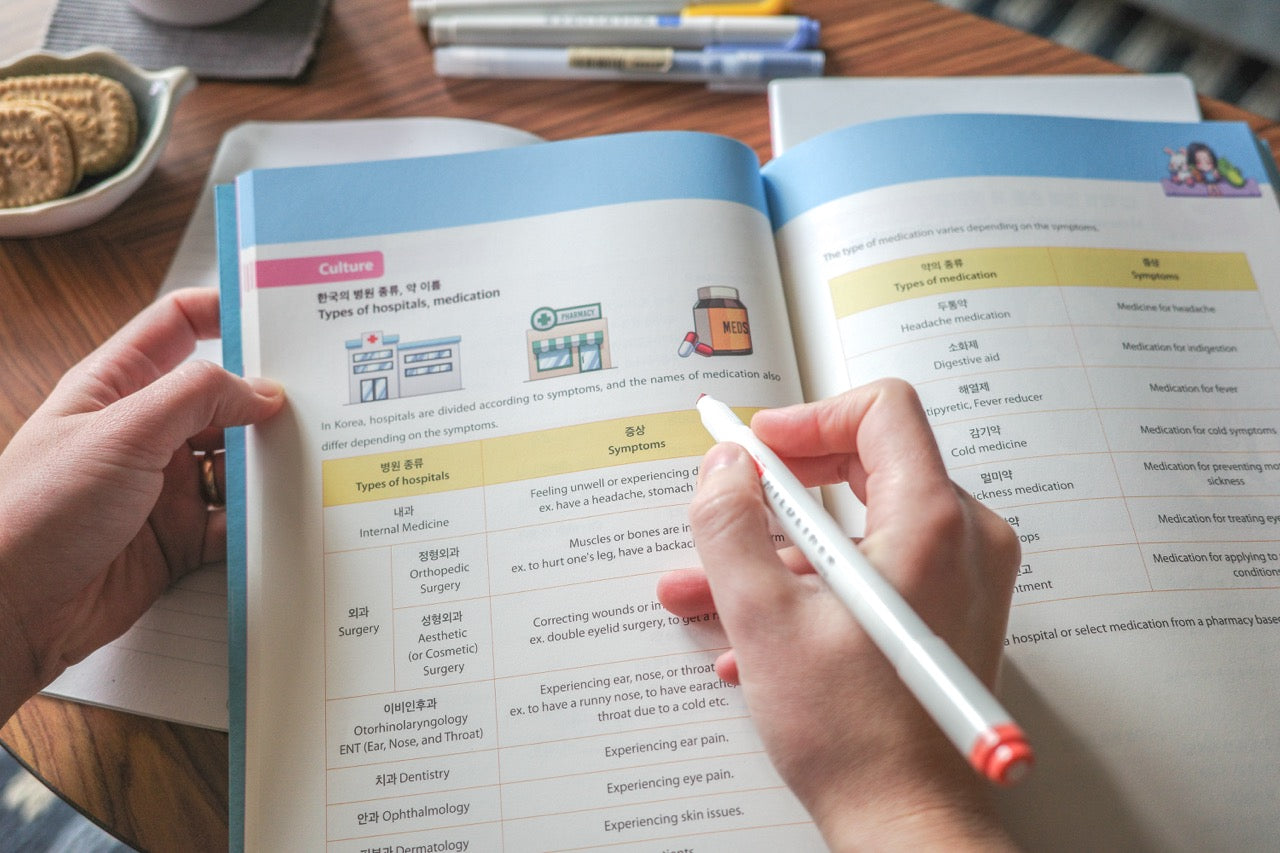Mastering Hangeul Final Consonants (받침_한글)

A Complete Guide to Korean Final Consonants (받침) with Pronunciation & Examples
One of the most important yet challenging aspects of learning Korean pronunciation is 받침 (batchim), or final consonants in a syllable. Many Korean words end with a consonant sound, which affects pronunciation and sometimes changes the sound of the following syllable.
This guide will explain everything about 받침, including how they work, pronunciation rules, and plenty of examples to help you understand!
1. What is 받침 (Batchim)?
In Korean, syllables are written in blocks, where a consonant (C) and a vowel (V) combine to form a CV structure:
- 나 (na), 너 (neo), 가 (ga)
However, some syllables end with a consonant, forming a CVC structure:
- 집 (jip), 책 (chaek), 한국 (hanguk)
The final consonant in a syllable is called 받침 (batchim), which means "support" because it sits at the bottom of the syllable.
2. Types of 받침
There are two main types of 받침:
- Single 받침 – One consonant at the bottom (e.g., 닭, 값)
- Double 받침 – Two consonants at the bottom (e.g., 닭, 없다)
3. Single 받침 & Their Pronunciations
Korean has 7 main sounds for single 받침, even though more consonants can appear as batchim.
| Final Consonant | Pronunciation | Example | Meaning |
|---|---|---|---|
| ㄱ, ㄲ, ㅋ | k | 책 (chaek) | Book |
| ㄴ | n | 산 (san) | Mountain |
| ㄷ, ㅅ, ㅆ, ㅈ, ㅊ, ㅌ, ㅎ | t | 꽃 (kkot) | Flower |
| ㄹ | l | 발 (bal) | Foot |
| ㅁ | m | 밤 (bam) | Night |
| ㅂ, ㅍ | p | 집 (jip) | House |
| ㅇ | ng | 방 (bang) | Room |
Pronunciation Tips
-
Most 받침 sounds are softer than English final consonants.
- Example: 책 (chaek) sounds more like “chae-k” (without a strong "k" sound).
-
Some consonants change their sound when they become batchim.
- Example: 맛 (mat) → Pronounced like "mat," not "mas."
4. Double 받침 (겹받침) & Their Pronunciations
Some Korean syllables end with two consonants in 받침. In most cases, only one consonant is pronounced, but some keep both sounds when linked to the next syllable.
| 받침 | Pronunciation | Example | Meaning |
|---|---|---|---|
| ㄲ, ㄳ | k | 밖 (bak) | Outside |
| ㄵ | n | 앉다 (anda) | To sit |
| ㄶ | n | 많다 (manta) | Many |
| ㄺ | k | 닭 (dak) | Chicken |
| ㄻ | m | 삶 (sam) | Life |
| ㄼ, ㄽ, ㄾ | l | 없다 (eopda) | To not exist |
| ㄿ | p | 읊다 (eupda) | To recite |
| ㅀ | h | 싫다 (silta) | To dislike |
Pronunciation Rules for Double 받침
-
Most of the time, only one consonant is pronounced.
- Example: 읽다 (ikda → ikta), 없다 (eopda → eopta)
-
When followed by a vowel, the second consonant moves to the next syllable.
- Example: 읽어요 → 읽-어-요 (il-geo-yo)
-
Some 받침 change depending on the next sound.
- Example: 닭이 → [dal-gi] (the "k" sound moves to the next syllable)
5. 받침 Linking (연음)
When a word with 받침 is followed by a vowel, the 받침 sound often moves to the next syllable, making it easier to pronounce.
| Word | Linking Pronunciation | Meaning |
|---|---|---|
| 집이 (jip + i) | 지비 (jibi) | The house |
| 학교에 (hakgyo + e) | 학꾜에 (hak-kkyo-e) | At school |
| 꽃이 (kkot + i) | 꼬치 (kkot-chi) | The flower |
6. 받침 & Sound Changes (Pronunciation Rules)
6.1 ㅎ Disappears in Sound (Silent 받침)
받침 ㅎ often disappears when followed by a vowel or some consonants.
| Example | Standard | Spoken |
|---|---|---|
| 좋다 | jot-da | [조타] (jota) |
| 싫어 | sil-eo | [시러] (sireo) |
6.2 ㅅ, ㅈ, ㅊ, ㅎ Become ㄷ Sound
When used as 받침, ㅅ, ㅈ, ㅊ, ㅎ are pronounced as ㄷ (t).
| Example | Standard | Spoken |
|---|---|---|
| 맛 (mat) | mat | [맏] |
| 빛 (bit) | bit | [빋] |
6.3 Nasalization (ㄱ, ㄷ, ㅂ → ㅇ, ㄴ, ㅁ)
Some 받침 sounds become nasal when followed by ㄴ or ㅁ.
| Example | Standard | Spoken |
|---|---|---|
| 먹는 | meok-neun | [멍는] (meongneun) |
| 입맛 | ip-mat | [임맏] (immat) |
6.4 Tensing (ㄱ, ㄷ, ㅂ → ㄲ, ㄸ, ㅃ)
When some 받침 meet certain consonants (ㄱ, ㄷ, ㅂ, ㅅ, ㅈ), the next syllable's consonant becomes tense.
| Example | Standard | Spoken |
|---|---|---|
| 학교 (hak-gyo) | hak-kyo | [학꾜] |
| 책상 (chaek-sang) | chaek-sang | [책쌍] |
7. Common Pronunciation Mistakes
-
Over-pronouncing final consonants.
- Incorrect: 책 (chaek) → “chaekk” ❌
- Correct: 책 (chaek) → “chaek” ✅ (soft K sound)
-
Ignoring 받침 rules.
- Incorrect: 좋아 (joha) → "jotha" ❌
- Correct: 좋아 (joha) → "jo-a" ✅ (ㅎ disappears)
-
Forgetting linking (연음).
- Incorrect: 집이 (jip-i) → "jip-i" ❌
- Correct: 집이 (jibi) ✅
Conclusion
Mastering 받침 takes practice, but once you get used to the rules, your pronunciation will improve dramatically. Here’s what you should do next: ✔ Practice reading words with 받침 aloud.
✔ Listen to native speakers and mimic their pronunciation.
✔ Try forming sentences with different 받침 types.
Still confused? Let me know in the comments! 😊🚀
-

Study More with our books:
Click: Home - With Love From Korea – SooandCarrots

Study & Connect via Soo House app
Click: Soo House
-
Posted in
level 1



